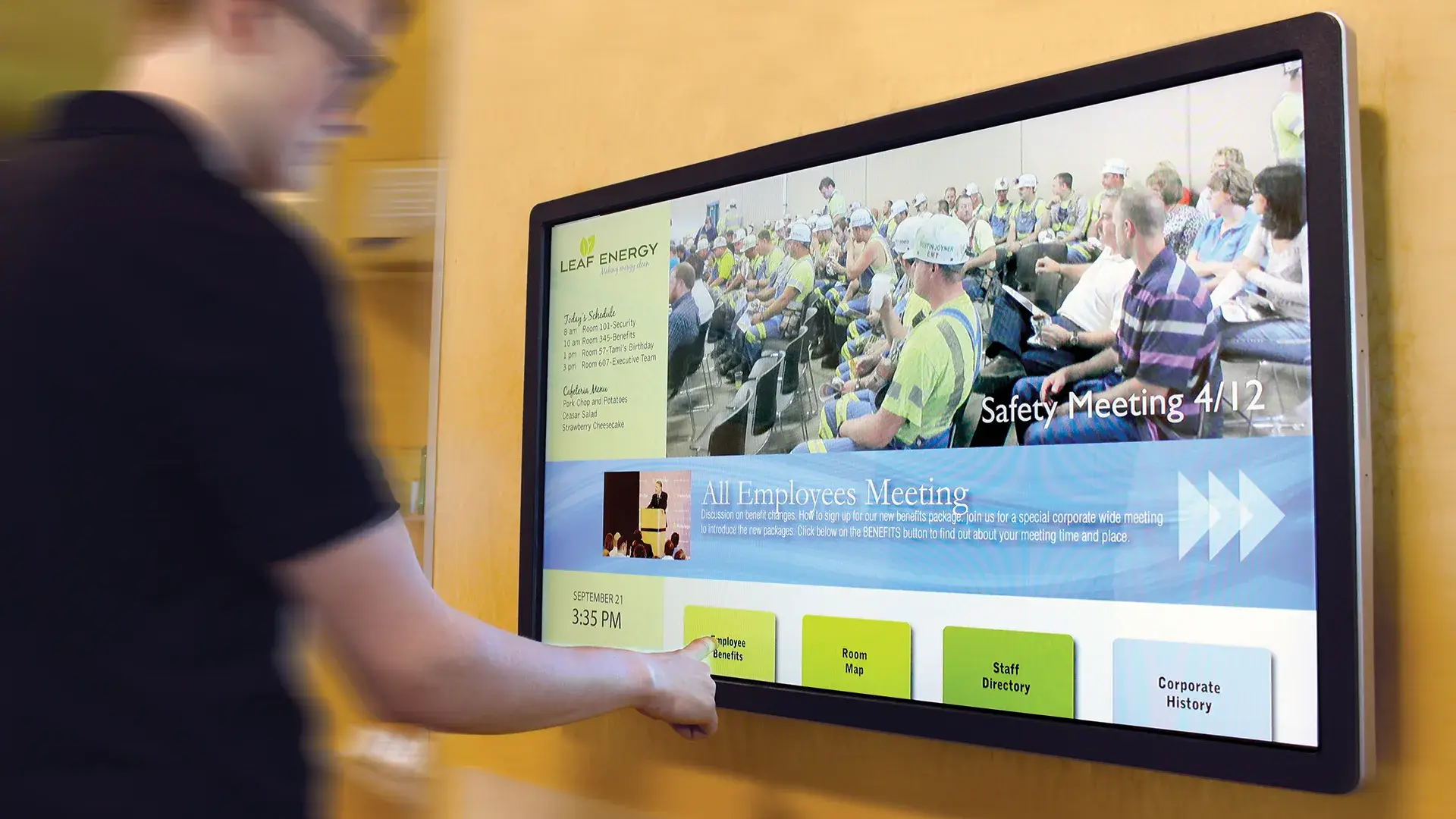In today’s fast-paced business world, communication is key. Effective corporate communication is critical to the success of any organization. It ensures that everyone within the company is on the same page and working towards common goals. Although traditional communication methods like email, meetings, and bulletin boards are still in use, more and more companies are turning to digital signage to enhance their corporate communication. In this blog post, we will explore the role of digital signage in modern corporate communication.
DOWNLOAD OUR Corporate Digital Signage Isometric Flowchart
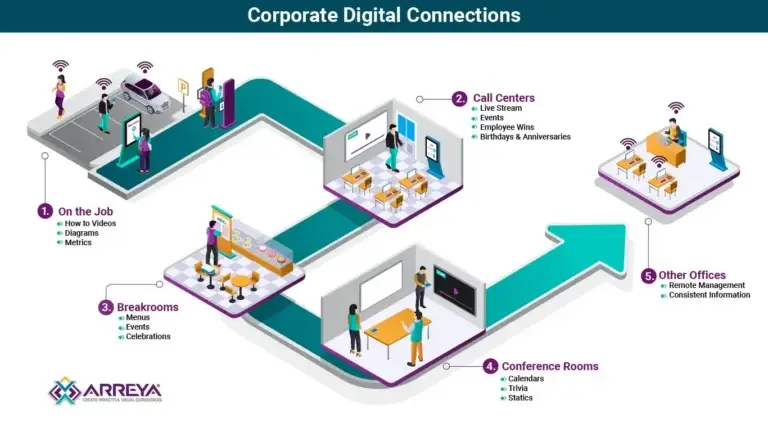
Enhance Visual Corporate Communication
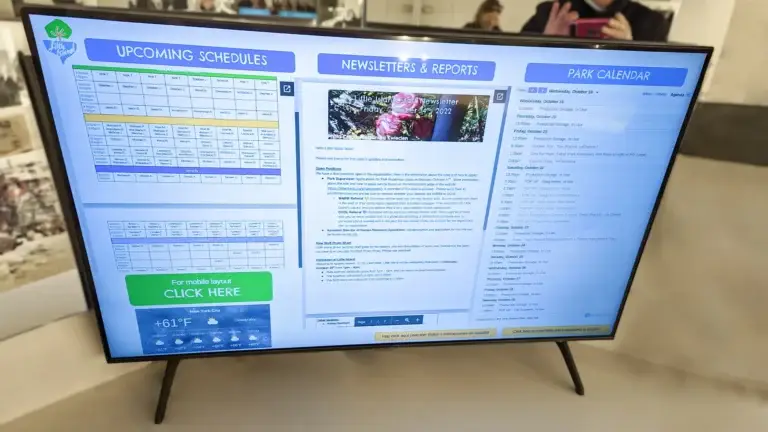
Visual communication is an essential aspect of corporate communication. Using digital signage can help organizations present information in a more visually appealing way. Visual communication is also easier to remember, making it great for showcasing company goals, achievements, and other important messages. Dynamic and vivid displays used in digital signage can engage and impress employees, thereby increasing their interest and promoting better understanding and recall.
Learn more about improving visual communication and employee satisfaction.
Improve Employee Engagement
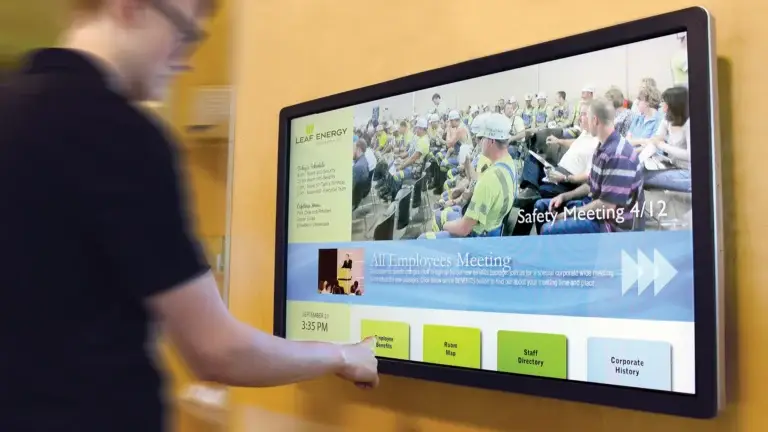
Keeping employees informed and engaged is vital for any organization’s success. Digital signage can help organizations create visually stimulating content that communicates key messages to employees. Digital signage enhances corporate communication by increasing employee engagement and improving empathy. By using digital signage, companies can keep their employees informed about everything from company news to upcoming events, promotions, and other critical updates that might impact their work. Thus, Digital Signage creates deeper bonds between employees and the company.
To learn more about using digital signage to improve employee engagement, click here.
Build a Collaborative Culture
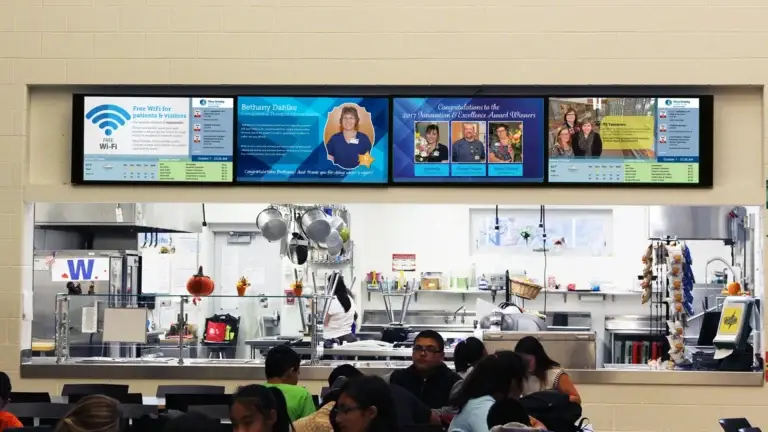
Collaboration is essential in today’s modern corporate world. Digital signage can help create a culture of collaboration within organizations by fostering an environment where people share ideas, exchange feedback, and collaborate on projects. Companies can use digital signage to share best practices, work progress, and project outcomes. By sharing data and progress in real-time, digital signage can help employees feel more engaged and invested in the successes of the department and company as a whole.
Increases Efficiency
Efficiency is key in any business. Digital signage can help organizations save time, cut costs and ensure that all staff and departments are on the same page. For example, if a company uses digital signage to display meeting schedules and conference room reservations, it can eliminate the need for printed schedules or spreadsheets, which can take time to update and distribute. Digital signage can also be used for training and onboarding of new employees. Thus, Digital Signage makes everyone more effective in their roles.
Provide Real-time Feedback
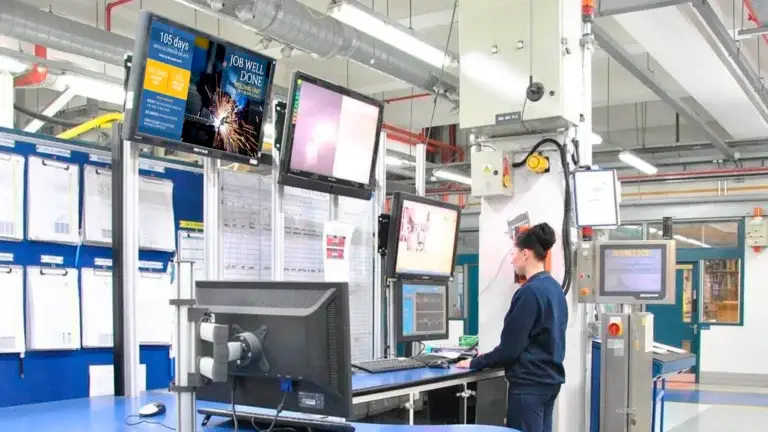
Digital signage can be used to provide real-time feedback to employees. It can be used to measure employee satisfaction and engagement through interactive feedback systems. Companies can get real-time feedback from employees can pick up on issues earlier, and take corrective action to address them. By having this information readily accessible to management, digital signage can be used to improve employee morale and retention.
Digital signage is transforming corporate communication for the better. It enhances visual communication, builds collaboration, increases efficiency, and provides instant feedback to employees. As more and more companies adopt this technology, it is no longer a unique idea but a common infrastructure for businesses of all sizes. It will become the backbone of tomorrow’s successful companies. Companies that invest in digital signage stand to benefit significantly from better communication, employee engagement, and efficiency, making it a wise choice for any organization looking to improve its corporate communication.


